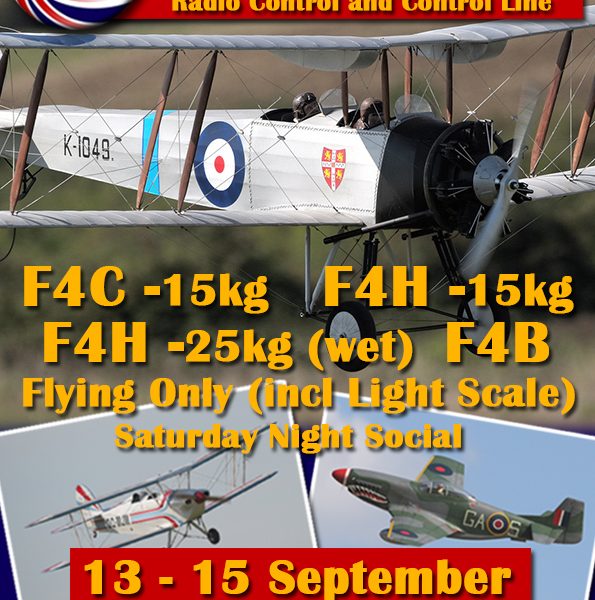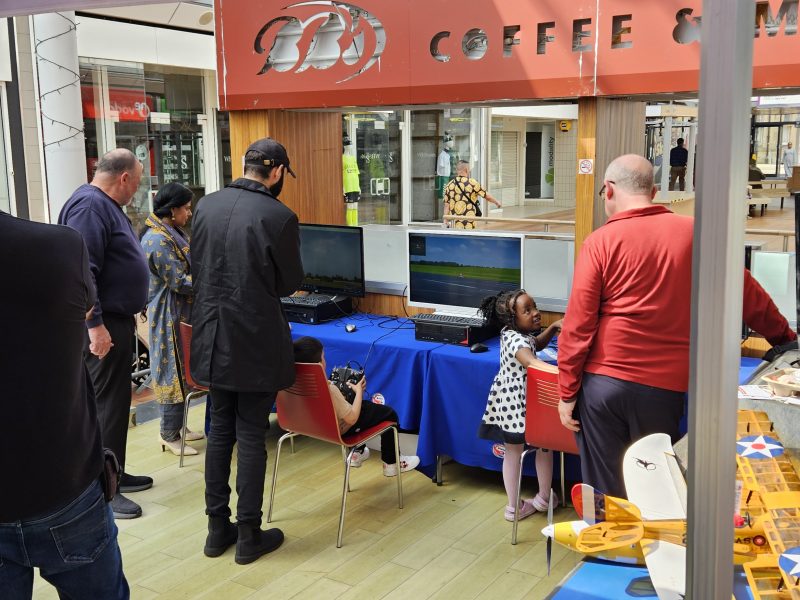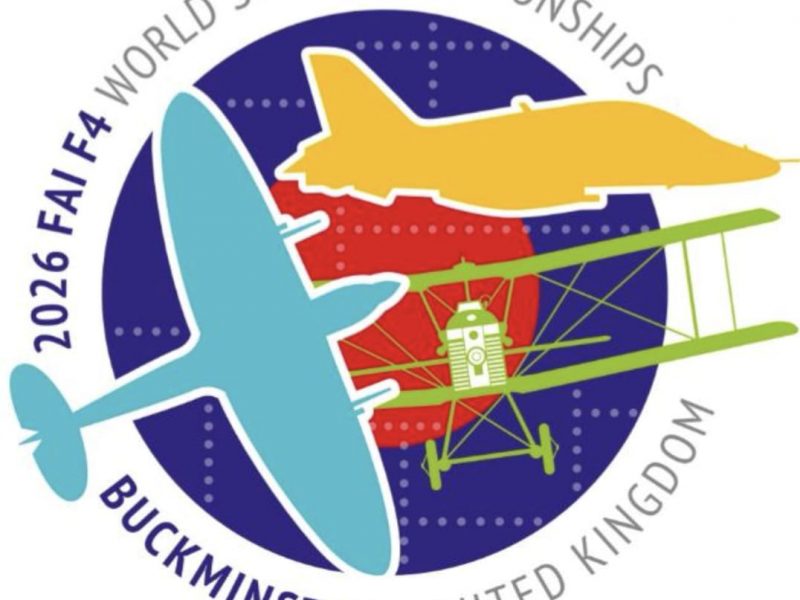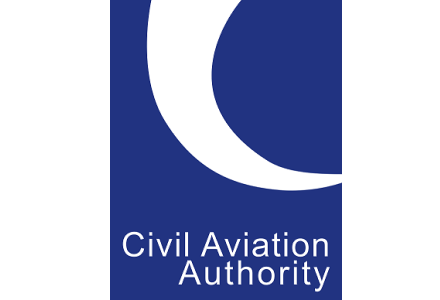<p>John O’Donnell<br />1932 – 18/4/2017</p>
<p><img src="https://www.bmfa.org/Portals/0/xNews/uploads/2017/4/25/John%20O'Donnell%20head%20and%20shoulders.jpg" alt="JOD" width="400" height="267" /><br /><br />John O’Donnell has died – he was 84.<br /><br />JOD as he was known, was the most consistently successful model flyer of all time where it really counts, – in competition. Throughout his career, he honed his skills by careful thought and rigorous attention to detail. In the 1957/58 Zaic Yearbook John said, ‘I feel that warps should be regarded as a trimming device, and not as an unpredictable and unfortunate result of doping’. That was typical O’Donnell – succinct, clear-minded, ahead of his time, and right.<br /><br />Born in 1932, John first cut balsa in 1941, when ‘solids’ were in vogue. He soon moved on to flying models and his name first appeared in Aeromodeller in 1947, when he was 15. He was the British national overall free-flight champion 19 times between 1952 and 1999, including ten years in a row from 1954 to 1963. His longevity is barely believable. <br />He has dozens of admirers, and many friends, and his contribution to free flight has been enormous. He has probably – no, definitely – flown in more free flight contests than anyone else in the world, ever. <br /><br />John represented Britain eleven times at World Championships, placing third in Wakefield (F1B) in 1956 and second in A/2 (F1A) in 1965. His single-minded approach, however, didn’t always made life easy. He was lost to Britain’s international teams after a very public disagreement with the authorities in 1973, so we’ll never know how he would’ve coped in the era of the six- or seven-minute Wakefield and high-tech bunting gliders. Since his aim was always been to win free flight contests, no doubt he would have come to terms with it – indeed, perhaps helped in the developments – and would’ve succeeded. His models were rarely at the forefront of technology, and he was amiably rude about fashions in model design, but always took the best of the essentials, and used them to great effect. He was, for example, one of the first to recognise the importance of reducing weight in the interest of a better glide, was successful with delayed release props well before most of the opposition, and changed the face of British free flight by popularising the use of Mylar covering.<br /><br />John wrote and produced photographs for regular magazine columns in 'Model Aircraft' between 1963 and 1965 and for 'Aeromodeller from ' 1966 to 1977. And all this whilst raising a family – he married June in 1965 – holding down a day job, and maintaining consistently high performance in the very contests he was reporting. Also, though wasn’t usually associated with committee work (the flying field is his natural home) John was Treasurer of the North-West Area for eight years, at the time of the mammoth Woodford Rallies. He has a degree in Maths and Physics, and spent half his working life in industry (aircraft and then manufacturing) and the rest teaching maths in further education.<br /><br />Though there was a trip to the US Nationals back in 1967 John was never one for much foreign travel, and he seemed uncomfortable in really hot weather. On the other hand, there has been a thriving and varied free flight scene in the UK since the 1940s where conditions are often difficult, and that was the way he liked it. A few years ago his disparaging remarks about ‘gadabouts’ – the Brits who go to the European contests each summer – caused genuine ill-feeling. But, as ever, John explained his position forcefully and with typical honesty. His key point was that the aim of going to a contest should be to win it. Everything else (the scenery, the food, the wine, the weather, even the camaraderie) is secondary and should never be allowed to interfere with the purpose of the trip. John view was clear – go to win, or don’t go – and he lived by it for years. It’s a big part of what made him the best.<br /><br />He was a star. He won almost everything (though sadly a World Championship eluded him), has thought about every aspect of our competitions, and his ability to find thermals in the most unlikely conditions was legendary. He was on the scene before most current flyers had even heard of free flight, and outlasted hundreds. For many of us, that first sight of JO’D – until then only a black and white image in the pages of Aeromodeller – was a genuine thrill. <br /><br />All good things come to an end and John retired from active model flying at the age of 80, winning the Model Aircraft Trophy for Open Rubber at the 2012 Nats as a swan song.<br /><br />Memorial Page at www.jod.org.uk<br /><br />By Martin Dilly with Mike Fantham and Mike Warren<br /><br /></p>




